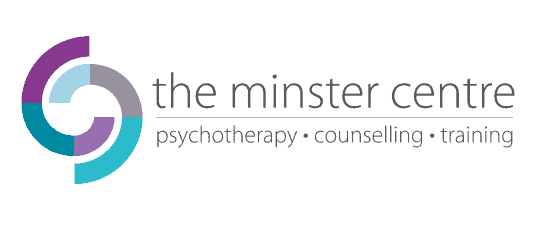What is it, why do I need it, and how do I get it? – with Sasha Bates
Finding ways to influence the nervous system, particularly its sensitivity to threat, increases connection with ourselves and others. In a massively dysregulated world, with therapists more than ever confronted by their own stress and the traumas of their clients, an ability to self-regulate has a huge impact on therapist and client wellbeing.
We’ll cover:
- Implicit communication and the implications for clinical relationships. Arguably, our clinical duty is to prioritise our own self-regulation, if our clients are to experience us as a safe, holding, regulated presence;
- The nervous system via Porges’ polyvagal theory, Gilbert’s compassion theory, Siegal’s Mindsight approach, and how these intersect with research into brain lateralization, trauma, mindfulness and infant development;
- Engagement in experiential exercises. How effective is your current self-care? Is anything preventing you from prioritising it?;
- Better self-regulation in practice – yoga, mindfulness, breathing exercises, relaxation techniques, journaling and peer support – plus opportunities to discover your own;
- Somatic consequences of your self-regulation choices (or lack of) on your clients;
- Impact on your own health, happiness and career longevity.
About Sasha Bates:
Sasha Bates, MA, MBACP, is an integrative psychotherapist in private practice, a BWY and Yoga Alliance trained yoga teacher, and has additional training in Restorative Yoga and Trauma Sensitive Yoga. Sasha is a journalist and author of three books: Languages of Loss: A psychotherapist’s journey through grief, A Grief Companion: practical support and a guiding hand through the darkness of loss, and Yoga Saved My Life: Life Lessons to take beyond the mat, all published by Yellow Kite.






